With vibrant nightlife, countless bars and restaurants, culture, architecture and history, London is undeniably one of the world’s most exciting cities – and it’s also home to a bewildering number of museums ranging from the quirky to the truly world-class.
However, one of the best things about the museums is that for many, there’s no entrance fee – so if you’re planning a trip to London and you’re wondering where to head, here’s our guide to all the best free museums in London to give you an idea about where to start.
Which Museums Are Free in London?
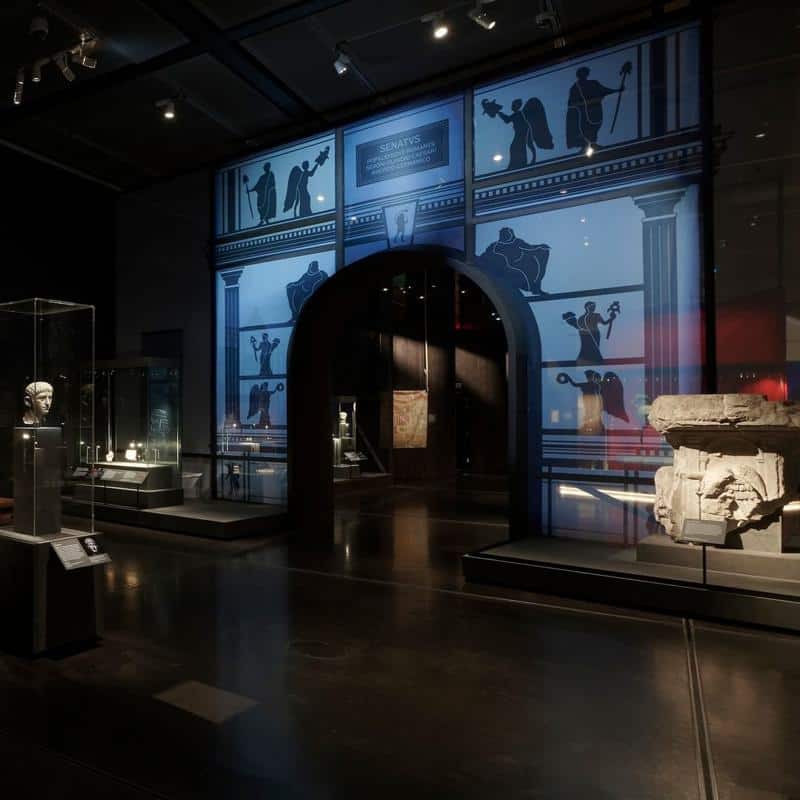
Although London is notoriously expensive, one pleasant surprise for many visitors is that a large number of the city’s museums are completely free – something that applies to all national museums in the capital, just as it does to those throughout the rest of the country.
However, visitors should be aware of two things.
First, this does not apply to privately run museums, which are free to charge their own prices. You can’t expect to get into somewhere like Madame Tussaud’s, the famous wax museum, without paying – on the contrary, prices for places like that can be extremely high.
Second, even within national museums with free entry, you may find that certain temporary exhibitions require you to pay a fee – although if you don’t want to visit those exhibitions, you can still visit the rest of the museum for nothing.
Still, with so many free museums of all kinds on offer, there’s plenty to keep you occupied during your time in London without you needing to spend a penny.
So now let’s look at some of the best free museums that London has to offer.
27 Best Free Museums in London
British Museum
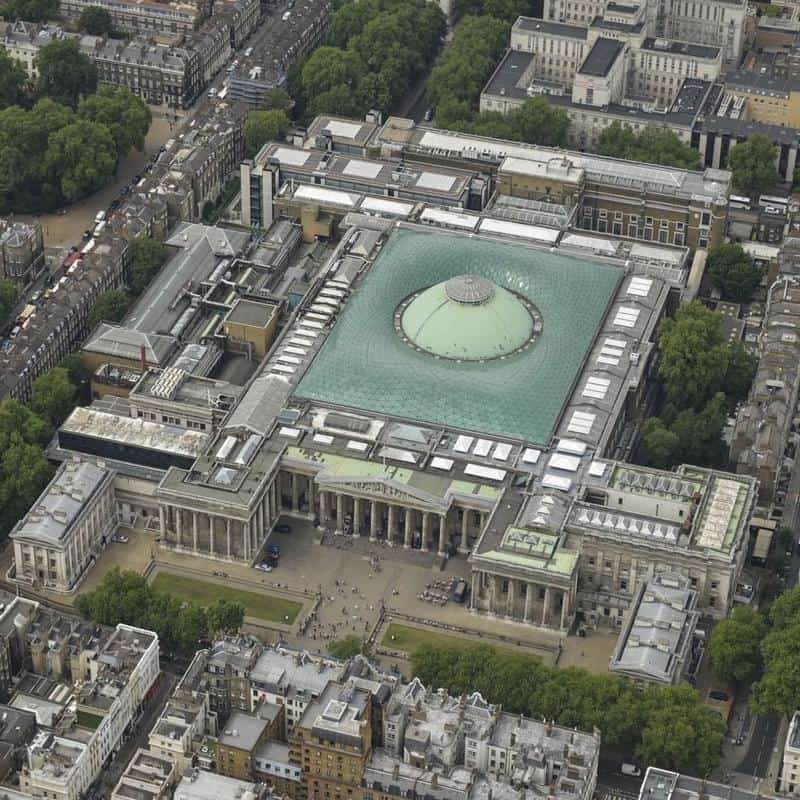
The first public museum in the world, the British Museum – or just the ‘BM’ for short – houses one of the world’s largest collections of objects and artefacts documenting human history, art and culture.
Among the permanent exhibits are the Egypt and Sudan collection, the Greek and Roman section, the department of Britain, Europe and Prehistory and the Asian section – along with many more.
Entry to all exhibitions is free.
- Address: Great Russell Street, London, WC1B 3DG
Victoria & Albert Museum
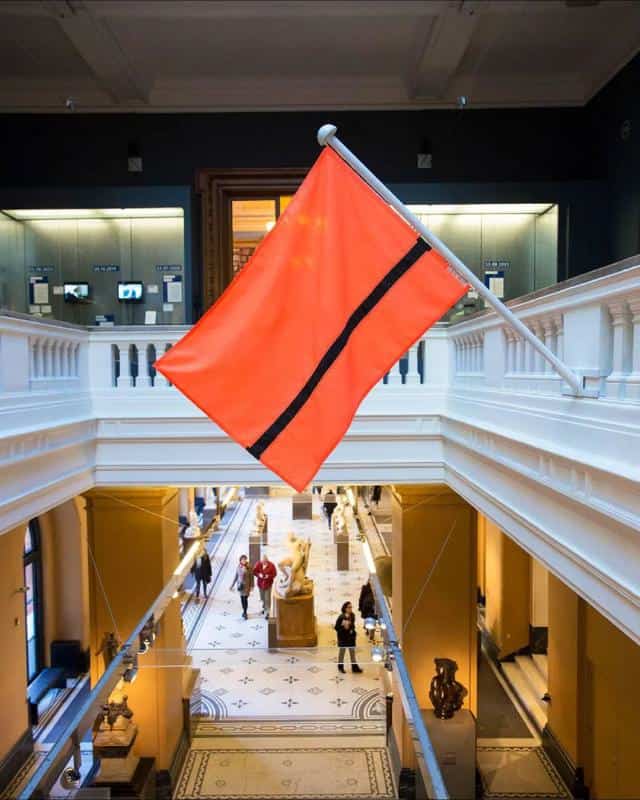
Founded by Queen Victoria and Prince Albert in 1852, this museum, usually affectionately referred to as the V&A, houses the largest collection of applied arts, decorative arts, and design.
It has a notable Italian Renaissance collection, the largest outside of Italy, and there are also collections from South Asia, East Asia and the Islamic world.
Entry to all exhibitions is free.
- Address: Cromwell Road, South Kensington, London, SW7 2RL
Natural History Museum
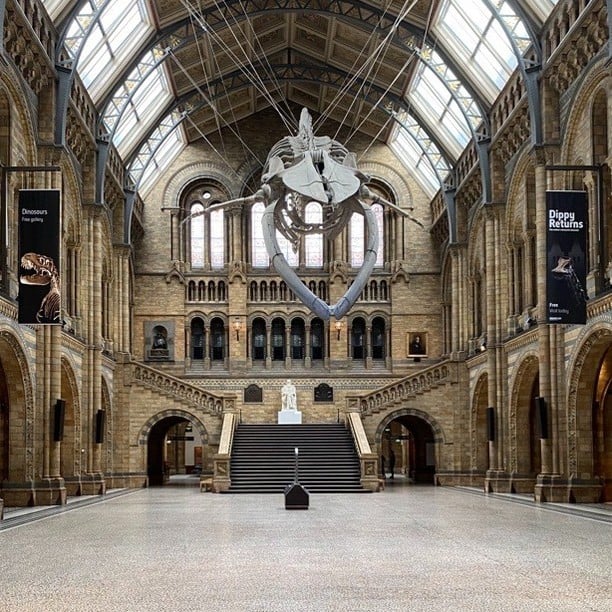
A great place to visit with children due to its famous collection of dinosaur exhibits, the Natural History Museum also houses other collections of great scientific or historical importance – for example, the specimens collected by Charles Darwin.
The museum comprises five main collections, botany, entomology, mineralogy, palaeontology and zoology, and between them, the museum holds over 80 million items.
Entry is free to all exhibits, although you may need to wait to get in at busy times.
- Address: Cromwell Road, London, SW7 5BD
Tate Modern
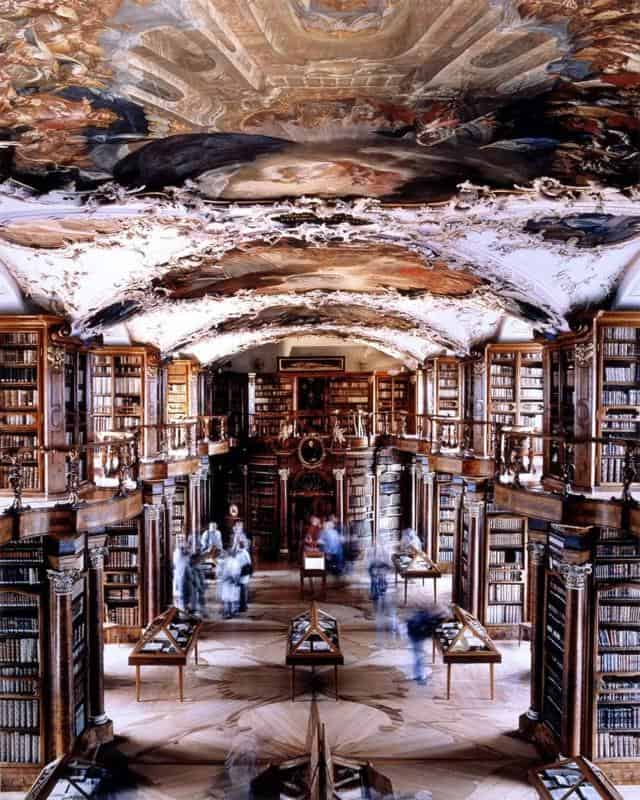
The UK’s pre-eminent collection of modern and contemporary art is one of the largest of its kind anywhere in the world, and as such, is an unmissable stop for all visitors to London who appreciate this kind of work.
Housed in the former Bankside Power Station (which is worth seeing in its own right) and spread out over several floors, the museum is home to several permanent exhibitions as well as other temporary ones.
Entry to all exhibitions is free.
- Address: 53 Bankside, London, SE1 9TG
Tate Britain
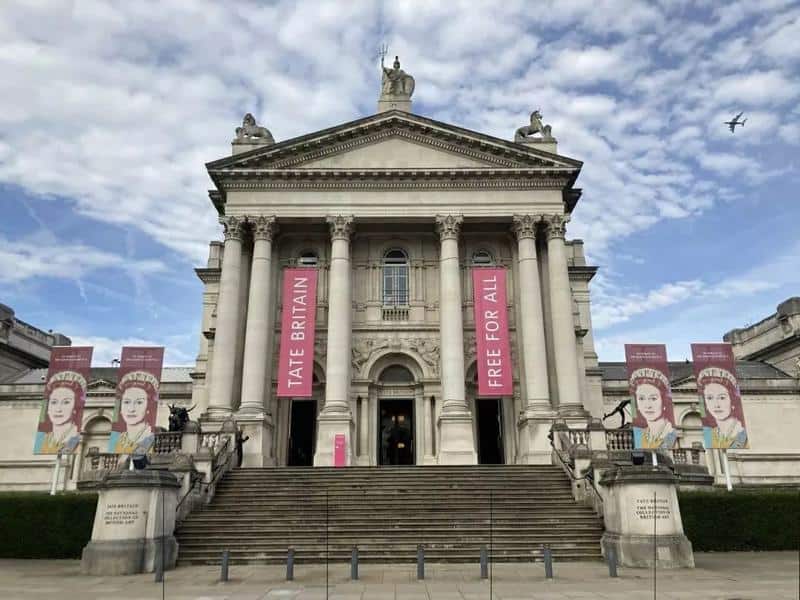
Formerly known as the National Gallery of British Art, Tate Britain focuses on the art of Britain since Tudor times. In this category, it is considered to be the most comprehensive collection in the world.
It is noted for its large collection of works by J. M. W. Turner, and it also has several rooms that are dedicated to other notable British artists.
Entry to all exhibitions is free.
- Address: Millbank, London, SW1P 4RG
National Gallery
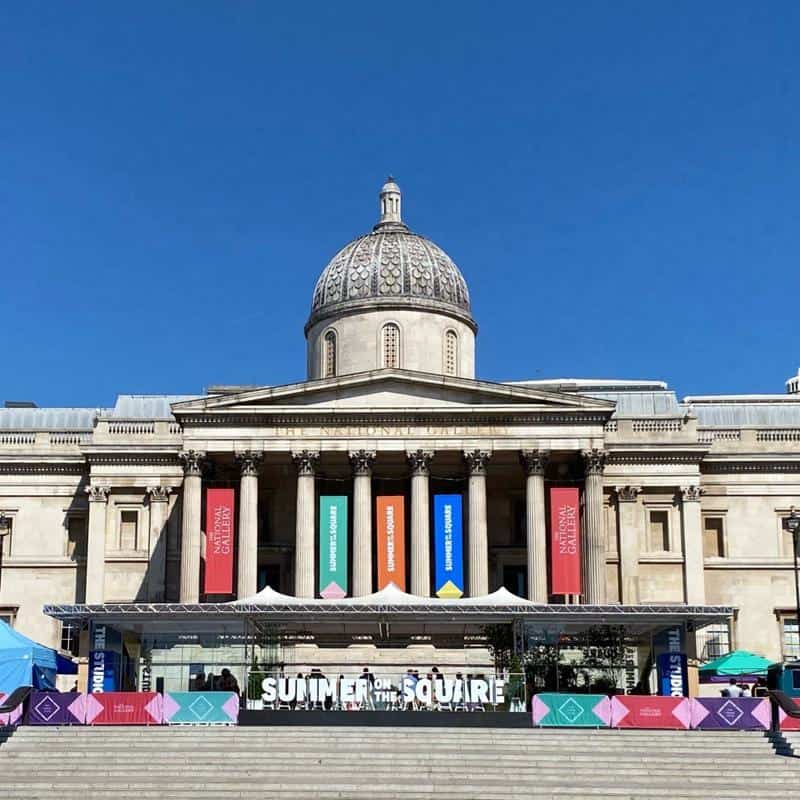
Located in London’s iconic Trafalgar Square, the National Gallery houses a collection of paintings dating from the 13th to the 19th centuries, focusing on the art of Western Europe.
The museum was founded in 1824 and it now contains over 2,300 paintings, with highlights including works by da Vinci, van Gogh, Turner and Constable.
The building itself is now a well-known and easily-recognisable landmark on the north side of Trafalgar Square.
Free entry.
- Address: Trafalgar Square, London, WC2N 5DN
Science Museum
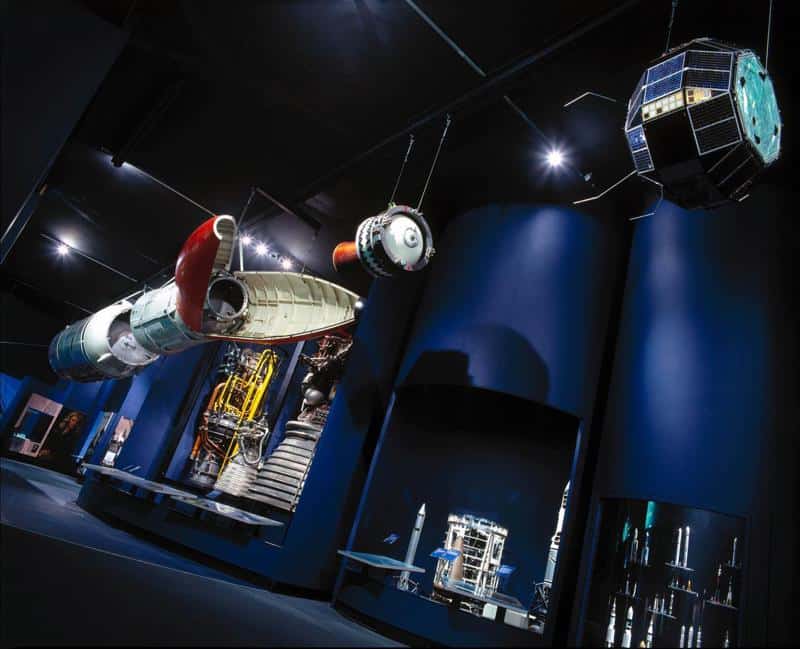
Housed in two separate buildings, the main building and the Wellcome Wing, the Science Museum contains collections dedicated to the history and the future of science.
These include exhibitions on mathematics, clocks, flight, the Information Age, household appliances and much more.
It has long been a favourite with children, but there’s plenty there for adults too, making it one of London’s most enduringly popular attractions.
Free entry, although paying exhibitions are also sometimes hosted.
- Address: Exhibition Road, South Kensington, London, SW7 2DD
National Portrait Gallery
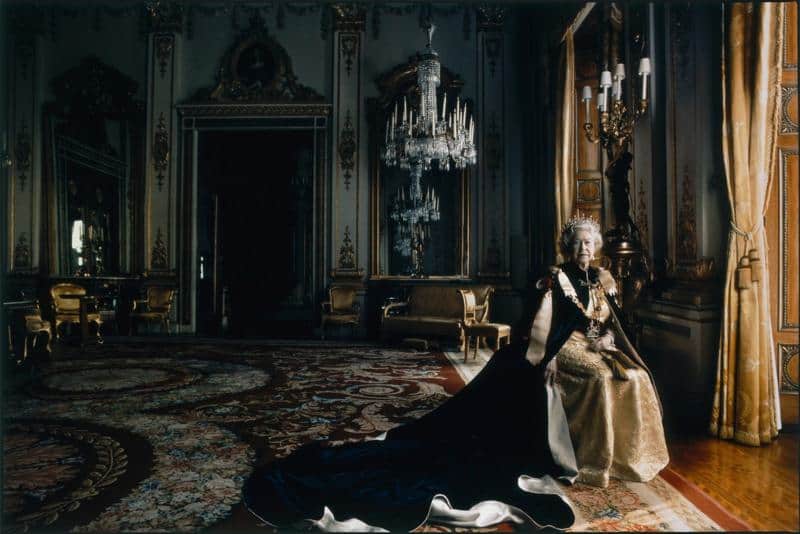
The National Portrait Gallery is home to a diverse collection of portraits of important British figures. Unlike many other art galleries, the works housed here are significant for the people they depict rather than the artists who painted them.
The most famous painting in the gallery is the so-called Chandos portrait, the best-known image of Shakespeare.
Note that the National Portrait Gallery is currently closed for refurbishment, with the projected reopening set for 2023.
Before the refurbishment, entry was free – as it will continue to be when it reopens.
- Address: St Martin’s Place, London, WC2H 0HE
Museum Of London
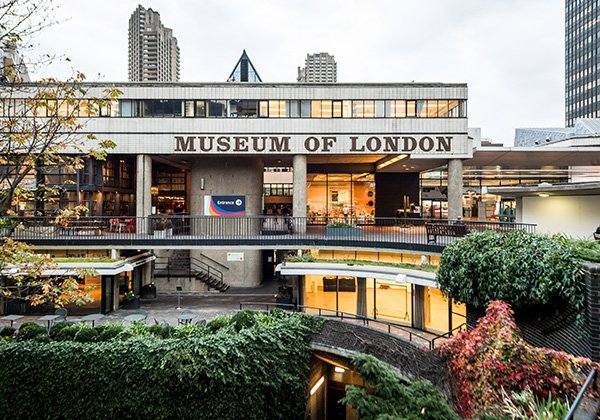
If you are visiting London and want to learn a bit about the history of the city, the Museum of London is the place to head.
There, you can find out everything about the city, from prehistoric times right up to the present. Upon entering, visitors follow a set route through the museum that takes them on a chronological tour of the history of the city.
Fragments of London’s Roman wall can be seen just outside the museum, and inside, the section on the Great Fire of London and the reconstructed Georgian pleasure gardens are not to be missed.
Free entry to all exhibitions.
- Address: 150 London Wall, London, EC2Y 5HN
Imperial War Museum
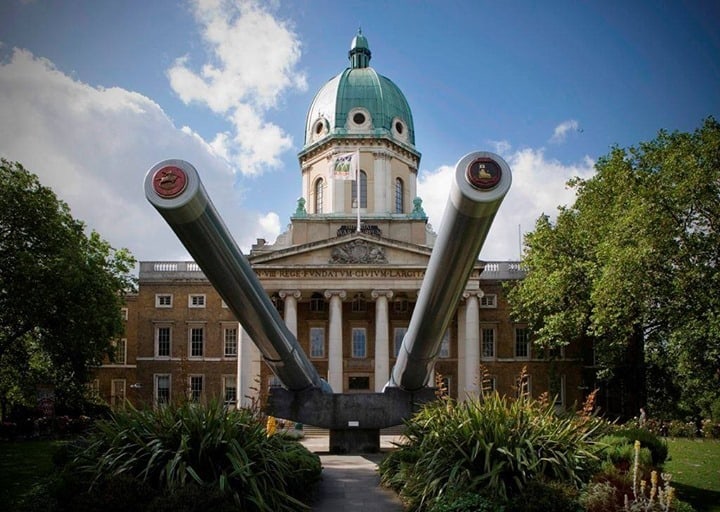
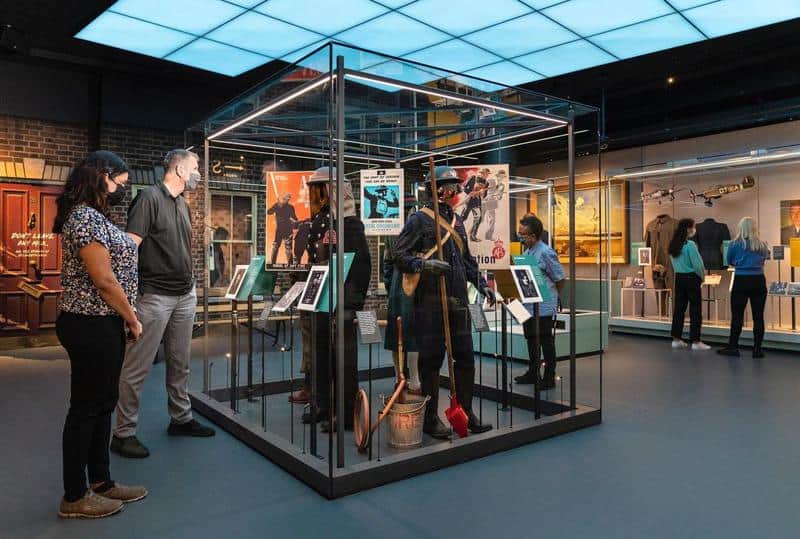
The Imperial War Museum is a museum dedicated to warfare in the 20th and 21st centuries. It was originally created to commemorate the sacrifices of those who fought in the First World War, but it has since expanded to include other more recent conflicts.
The Imperial War Museum has five branches. The main London branch is on Lambeth Road, with the other two being the HMS Belfast and the Churchill Museum & Cabinet War Rooms (see below). Other branches are operated in Cambridgeshire and Manchester.
Entrance is free to all exhibitions.
- Address: Lambeth Road, London, SE1 6HZ
National Army Museum
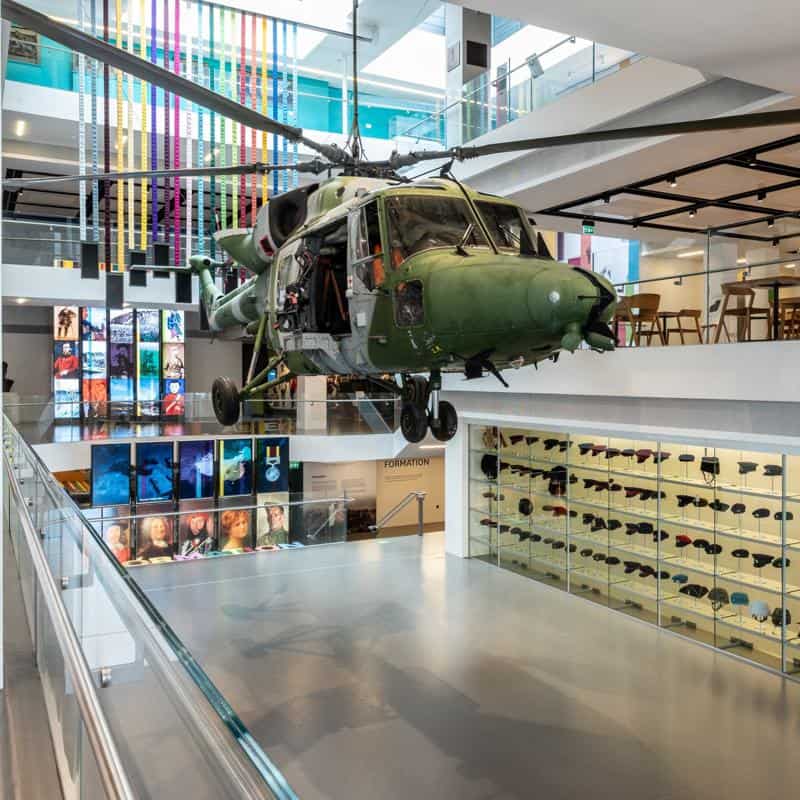
For those with a particular interest in warfare stretching further back into history, the National Army Museum should be worth a visit.
It is dedicated to the history of the British Army, and it claims to be the world’s largest collection of artefacts related to this subject.
It holds over a million items, either on display or in storage, covering the last 600 years of military history.
The three main galleries, Formation, Soldier and Global Role, explore the origins and development of the British Army, what it’s like to serve as a soldier and the evolving role of the British Army on the global stage.
Entry to all exhibitions is free.
- Address: Royal Hospital Road, London, SW3 4HT
Royal Air Force Museum
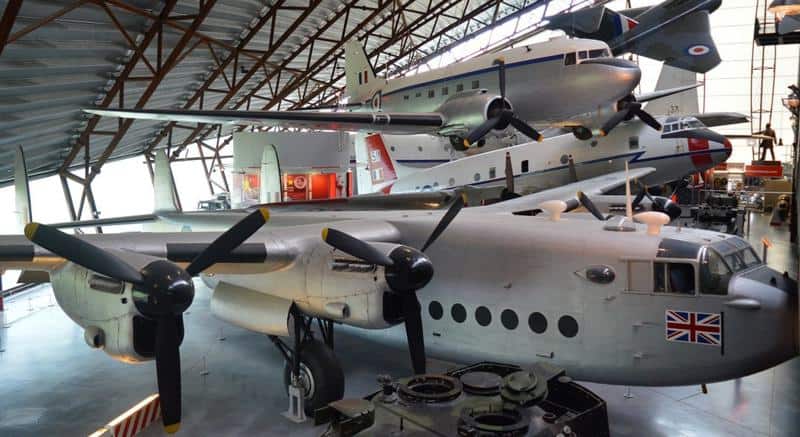
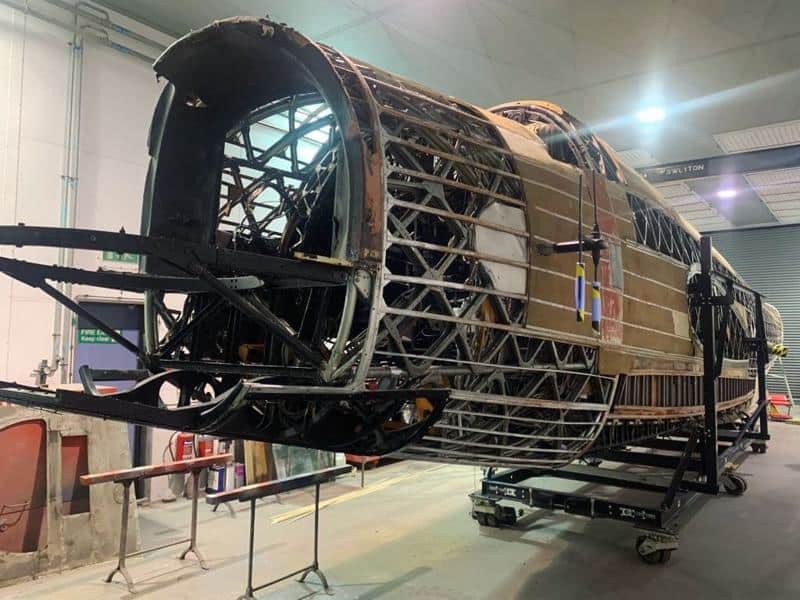
Commonly known as the RAF museum, the Royal Air Force Museum serves as a heritage site dedicated to preserving the aviation history and culture of the Royal Air Force.
The museum sits on top of a site hosting the Hendon Aerodrome. Hendon served as an aviation site for over fifty years between the early 1900s till late 1960s. RAF took over the site in 1972, a few years after Hendon’s closure, and has served as a museum for over 49 years.
More than 400,000 tourists visit RAF each year to look at the aviation crafts on-site and learn of the Royal Air Force’s history.
Several exhibits take you from the first aircraft in history, like the 1911 Bleriot XXXVII to the Messerschmitt Bf 109E in the Battle of Britain, Bristol Beaufort planes of Second World War and Lockheed Hudson aircraft commissioned by the UK from America.
Other exhibitions take you through the artefacts obtained during wars and travel, like the Nagoya Prisoner of War Camp Fan from 1945 London.
- Address: Grahame Park Way, London, NW9 5LL
National Maritime Museum
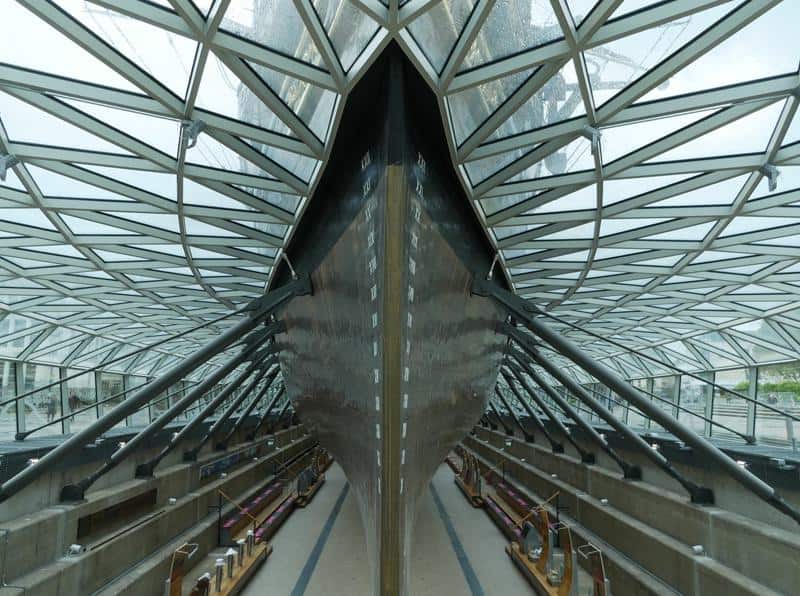
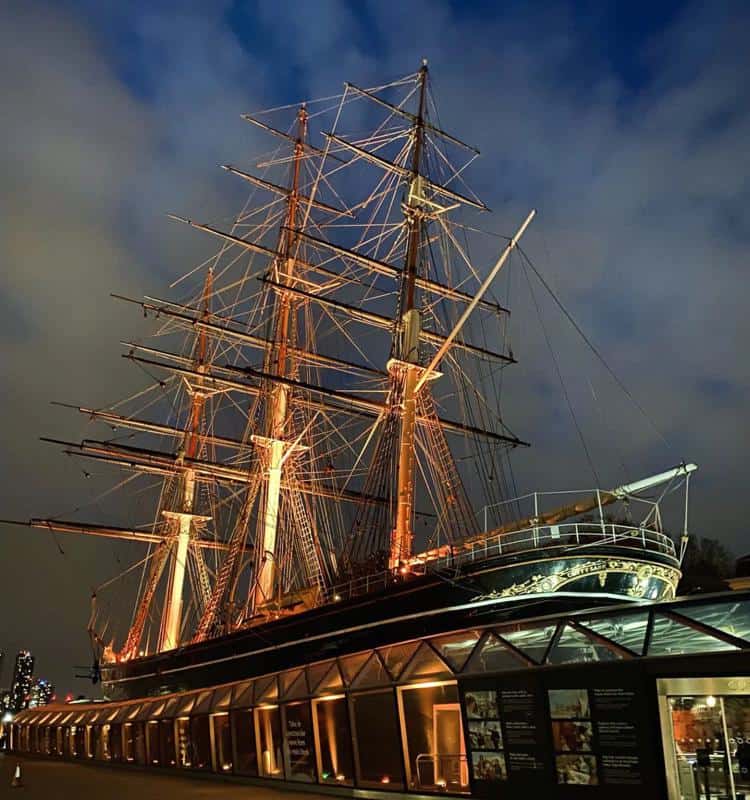
The National Maritime Museum is free but with a catch. Entry is limited due to the space and crowds roaming around. They have a free ticket system where you can book a free ticket online to guarantee entrance in case you do not want to take chances with a walk-in.
The museum is dedicated to preserving the culture and heritage of London’s maritime history. Several galleries are dedicated to travels on the oceans and seas using England-made ships and maritime equipment for navigation.
National Maritime Museum is part of the Royal Museums of Greenwich, where many of the group’s items (over 2.5 million pieces) are housed. The vast collection dates back several centuries and talks more about the sea exploration of famous men like Henry VIII and Charles II, founder of the Royal Observatory Greenwich.
- Address: Park Row Greenwich Peninsula, London SE10 9NF England
Horniman Museum & Gardens
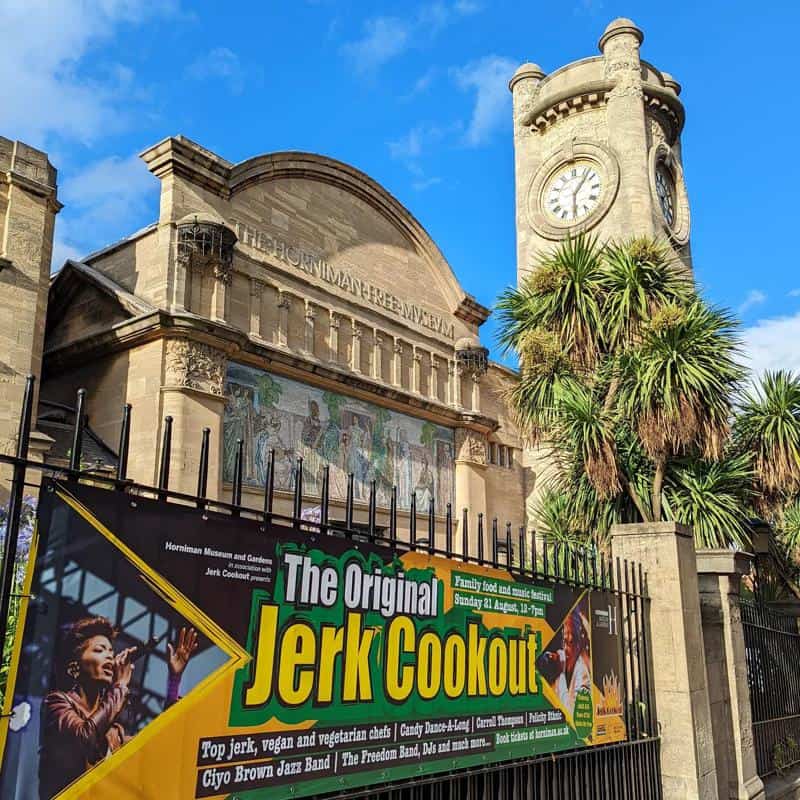
The Horniman Museum & Gardens is a museum that displays artefacts of anthropology and natural history, and it is also home to a collection of musical instruments. In total, it comprises around 350,000 objects, which are either displayed or held in storage.
In particular, this museum is known for its extensive collection of stuffed animals, a fascinating but, by today’s standards, slightly macabre exhibition.
The museum is set in 16 acres of gardens with a butterfly house, a bandstand, an enclosure for small animals, a nature trail, an ornamental garden and more, all of which are open to visitors.
Entry to all exhibitions is free.
- Address: 100 London Road, Forest Hill, London, SE23 3PQ
Serpentine Galleries
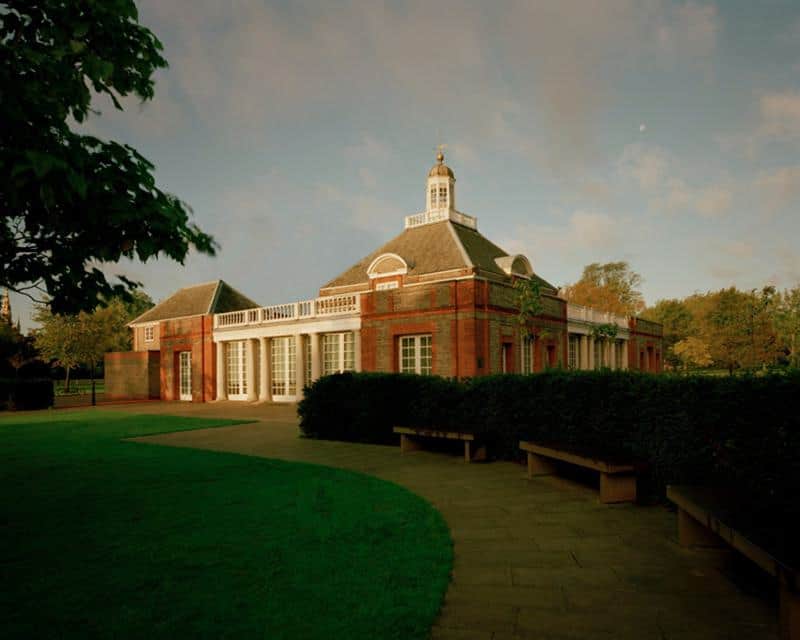
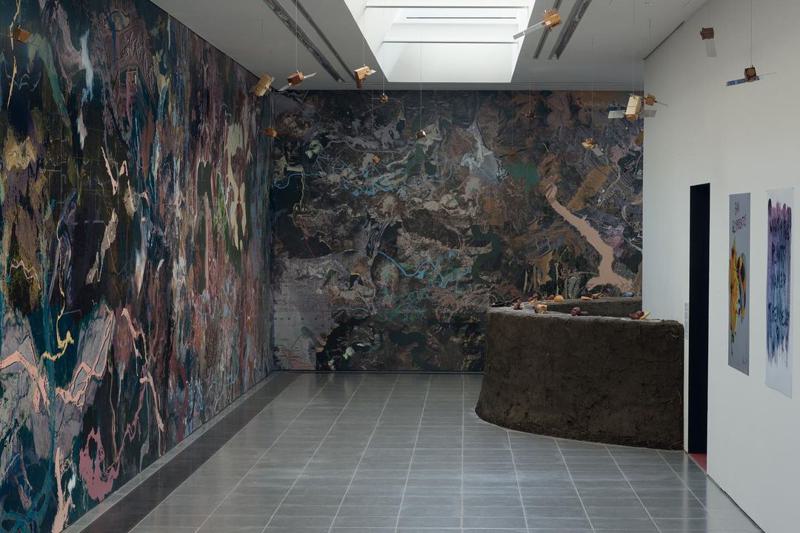
The Serpentine Galleries, or as they are now known, simply ‘Serpentine’, are two galleries located in Hyde Park’s Kensington Gardens. The two galleries are devoted to displays of contemporary art, architecture and design.
Famous artists such as Andy Warhol and Damien Hirst have displayed their works in the Serpentine South gallery. Serpentine South and Serpentine North are located a short five-minute walk from each other.
Every year, Serpentine also commissions a temporary pavilion created by a leading architect, something that’s also always worth taking the time to see.
Entry to all exhibitions is free.
- Address: Serpentine South Gallery: Kensington Gardens, London, W2 3XA
- Address: Serpentine North Gallery: West Carriage Drive, London, W2 2AR
Charles Dickens Museum
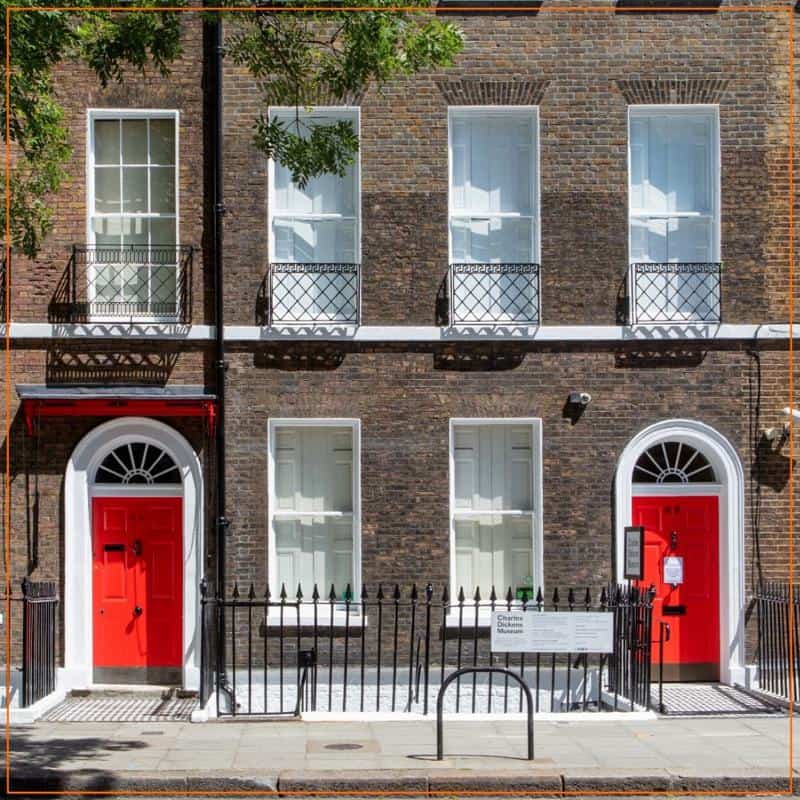
Located in one of the celebrated English novelist’s former homes at 48 Doughty Street in King’s Cross, the Charles Dickens Museum contains a collection of memorabilia commemorating Dicken’s life and the time he spent living in the house.
The interior is decorated as it would have been in Dickens’ day and gives a flavour of the conditions in which he lived while penning his renowned works. Other items displayed include letters written by Dickens, original manuscripts and furniture used by the author.
Entry to the museum and all exhibitions is free.
- Address: 48 Doughty Street, London, WC1N 2LX
Keats House
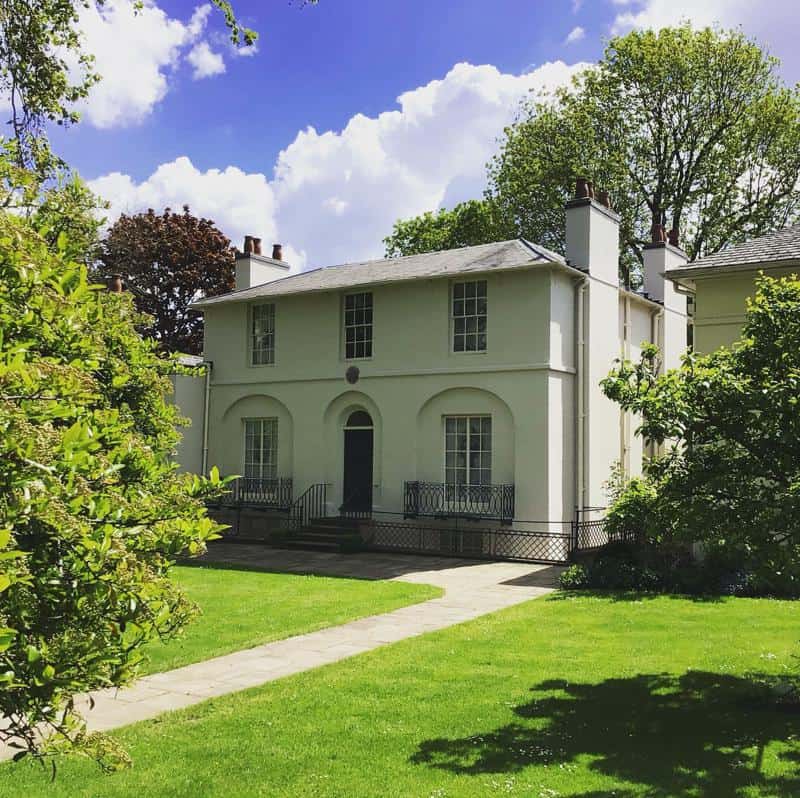
Just as the Charles Dickens Museum occupies one of the authors’ former residences, so Keats House is located in a home once occupied by one of England’s most notable poets.
Keats’ life ended prematurely at the age of only 24 after he contracted tuberculosis, but by that age, he had already produced works worthy of elevation to the canon of great English literature.
One of his best-known poems, Ode to a Nightingale, was supposedly composed under a plum tree at this address, and the museum also contains certain objects related to Keats and his life.
Entry to the museum is free.
- Address: Keats House, Keats Grove, Hampstead, London, NW3 2RR
Churchill Museum & Cabinet War Rooms
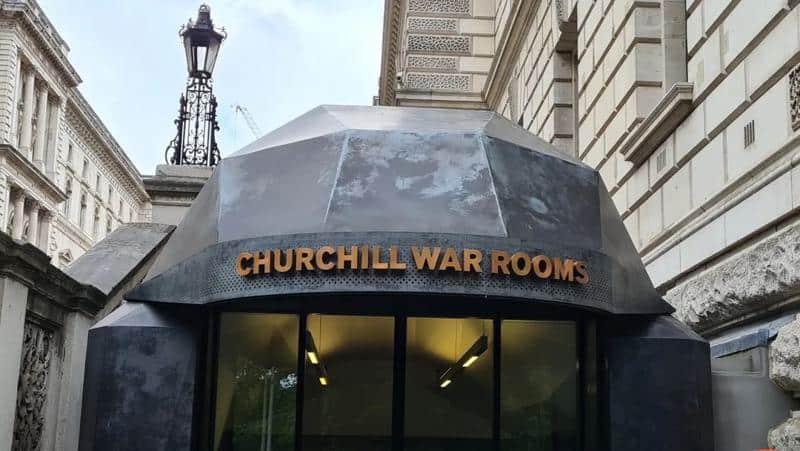
Technically a branch of the Imperial War Museum, the Churchill Museum & Cabinet War Rooms is a must for anyone with an interest in the events of the Second World War.
In it, you’ll have the chance to visit the underground complex where Winston Churchill and his government met to oversee the war against Nazi Germany. Exhibits include a map room, bedrooms and offices.
Adjoining the Cabinet War Rooms is the Churchill Museum, a separate section that focuses on the life of Winston Churchill himself along with the key role he played in the war effort.
Entrance to all exhibits is free.
- Address: Clive Step, King Charles Street, London, SW1A 2AQ
Golden Hinde
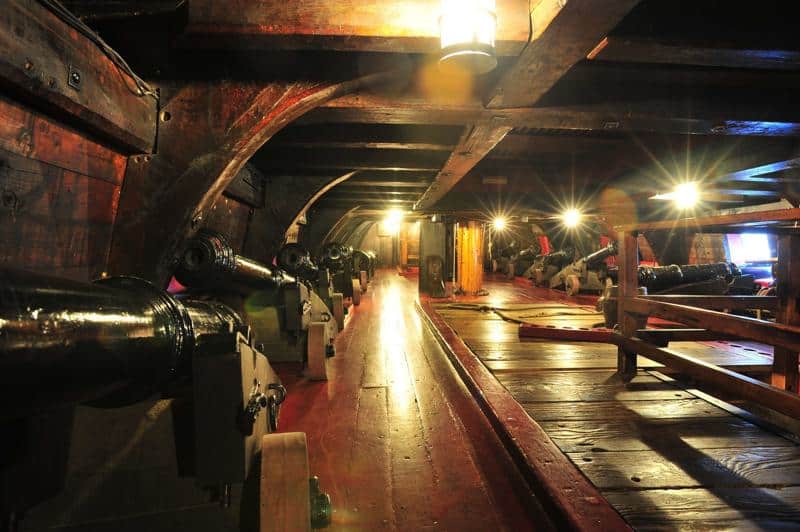
The Golden Hinde is a full-sized replica of the 16th-century galleon named Golden Hind used by Sir Francis Drake in his circumnavigation of the world between 1577 and 1580.
Just like the original, the modern replica has completed its own circumnavigation of the globe, but now it sits in moorings on Bankside in Southwark, housing a museum dedicated to the seafaring practices of the Elizabethan era.
Entry is free.
- Address: St Mary Overie Dock Cathedral Street, London, SE1 9DG
British Library
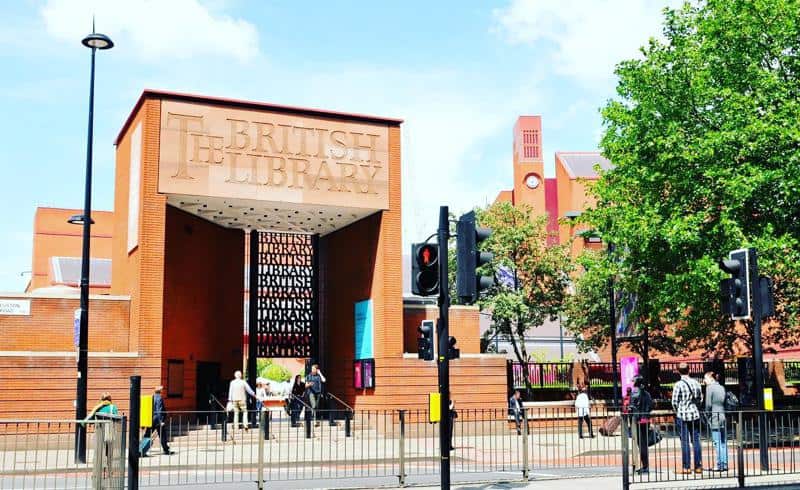
While the British Library isn’t a museum, it does house a permanent display that includes manuscripts of Chaucer’s Canterbury Tales, Captain Cook’s journal, Kipling’s Just So Stories, Dickens’ Nicholas Nickleby and many others. It also has a room dedicated to the Magna Carta.
Furthermore, it plays host to various temporary exhibitions, usually related to literary themes, that should be of interest to anyone with a love of books.
For example, at the time of writing, it is currently displaying an exhibit called Treasures of the British Library, which sets out to ‘explore some of the world’s most exciting, beautiful and significant books, maps and manuscripts’ of the last 2,000 years.
With a collection of over 14 million books, the British Library is one of the largest libraries in the world. Even the building itself is an imposing shrine to the written word and is of great interest as a work of architecture.
Entry is free.
- Address: 96 Euston Road, London, NW1 2DB
The Design Museum
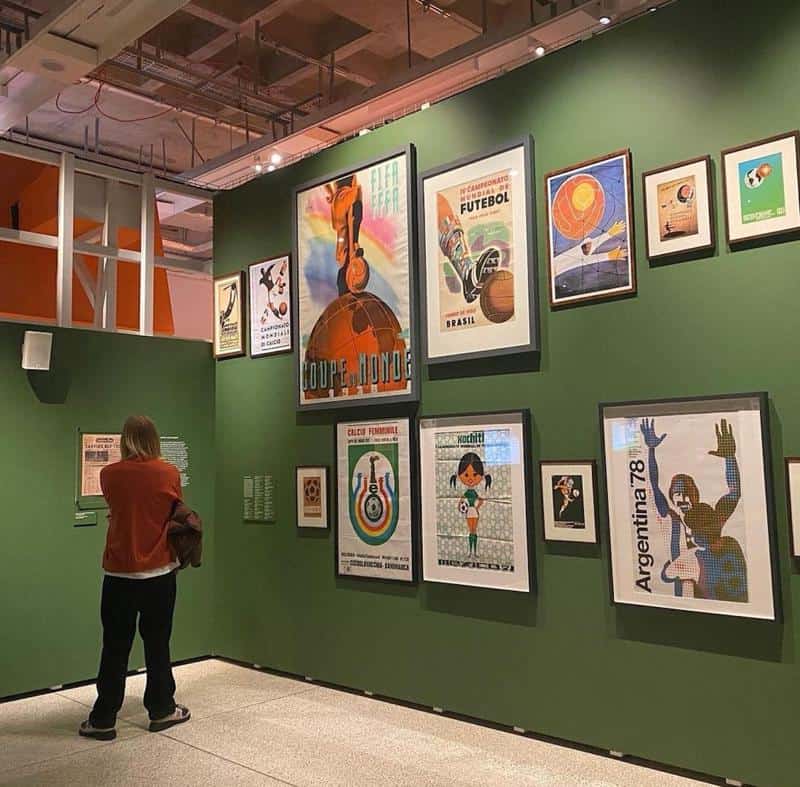
Compared with many of the venerable institutions that are London’s oldest and most established museums, having only opened in 1989, the Design Museum is a relative newcomer.
The museum is used to house both temporary and permanent exhibitions showcasing product, industrial, graphic, fashion, and architectural design – or as the website states, to ‘contemporary design in every form’.
It was originally housed in the Shad Thames area – in an old banana warehouse – but it moved to its current Kensington location in 2016.
Entry to permanent displays and some temporary displays is free – some temporary displays require an entrance fee.
- Address: 224-238 Kensington High Street, London, W8 6AG
London Mithraeum
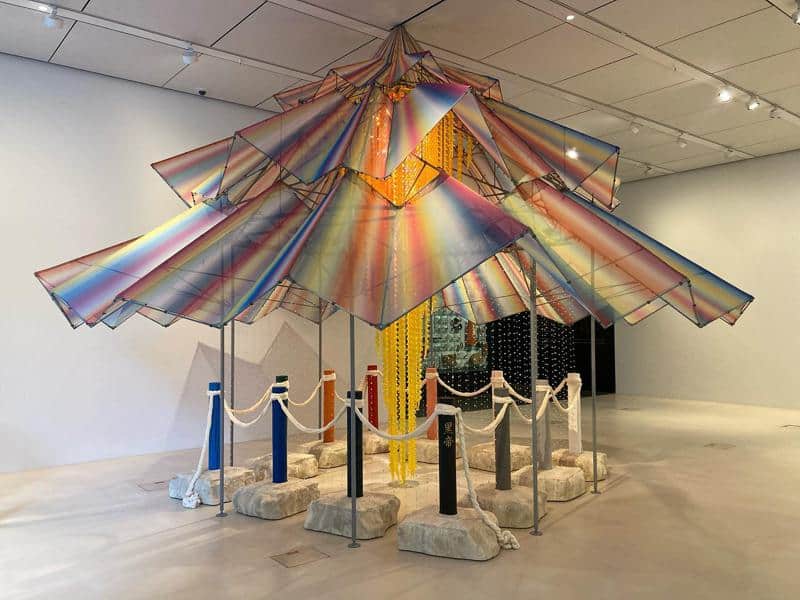
Mithras was a god worshipped by some Ancient Romans. His temples – known as Mithraea – are known from throughout the Roman Empire, and one such example was uncovered in London in 1954.
It became known as one of the most famous Roman discoveries in London and yielded a number of important and valuable artefacts, including a sculpted head of the god Mithras himself.
After its discovery, the temple was relocated, but it has since been moved back almost to its original spot. The Mithraeum, along with a modern multi-sensory presentation about the cult of Mithras is now open to visitors.
Entrance to the Mithraeum and presentation is free. It’s advisable to reserve free tickets online in advance to avoid disappointment.
- Address: 12 Walbrook, London, EC4N 8AA
Florence Nightingale Museum
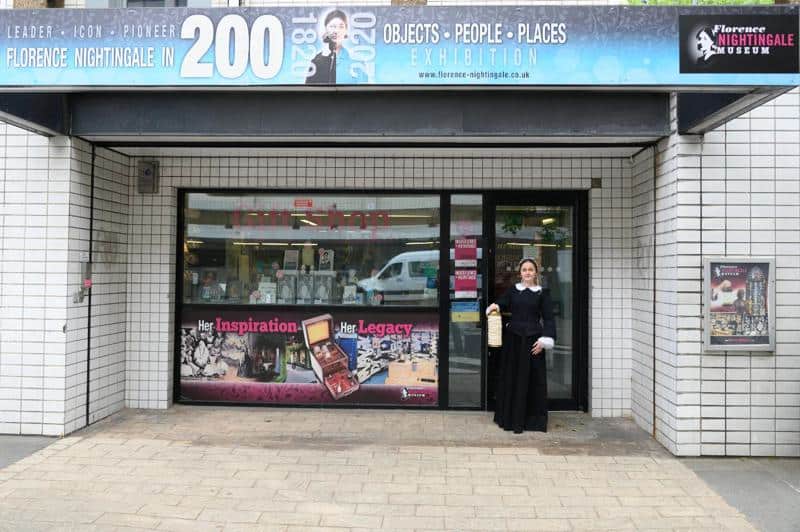
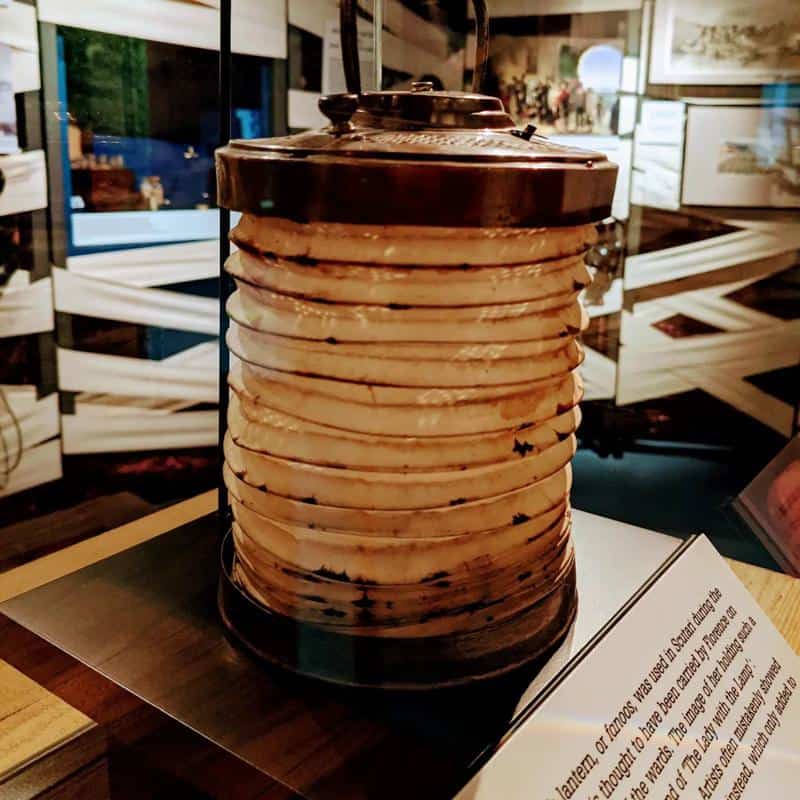
If you hope to learn about the life and work of Florence Nightingale, the Florence Nightingale Museum will teach you all you want to know about this important social reformer and founder of modern nursing.
The museum consists of three pavilions, each telling a part of the story of her life, including her privileged upbringing, her experiences during the Crimean War and her lifelong battle for reform. The museum also contains several items owned or used by Nightingale during her life.
Entrance to all exhibits is free.
- Address: Gassiot House, 2 Lambeth Palace Road, London, SE1 7EW
Faraday Museum at the Ri
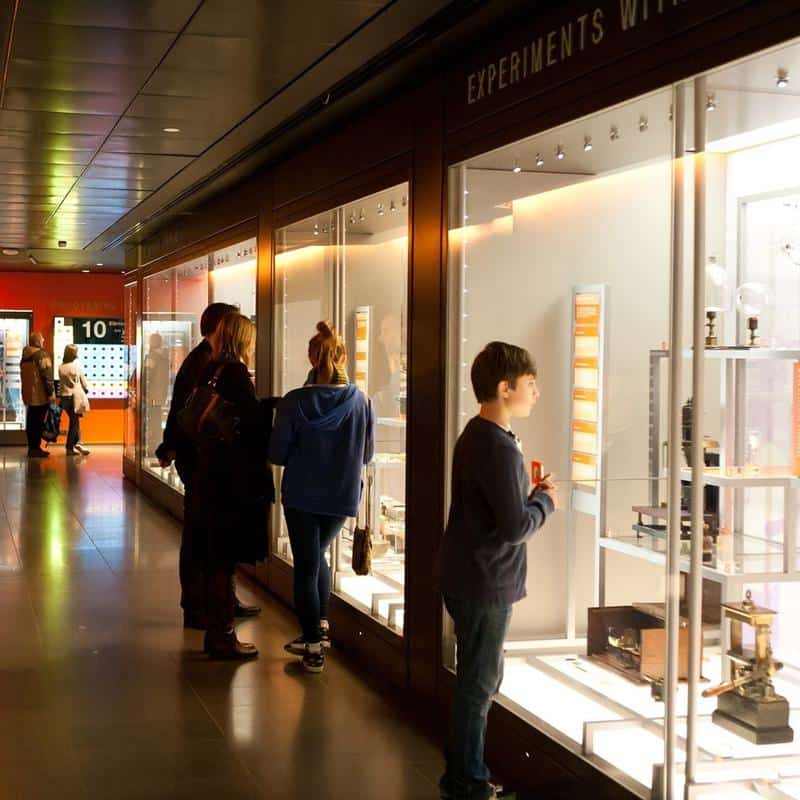
A small museum dedicated to the British scientist Michael Faraday, the Faraday Museum is famous for containing Faraday’s original laboratory from 1850.
Along with this, you’ll also be able to see artefacts such as some of the equipment scientists from the Royal Institution used to make some of the most important discoveries of the last two centuries.
Entrance to the museum and its exhibitions is free.
- Address: The Royal Institution, 21 Albemarle Street, London, W1X 4BS
Bank of England Museum
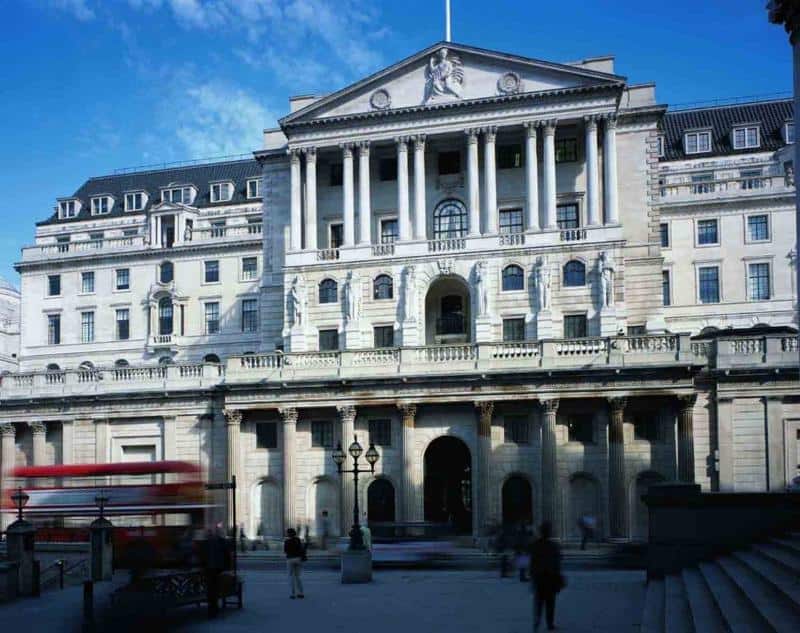
Located within the Bank of England building, the Bank of England Museum is the place to go to see a range of items related to money, banking and the economy.
Some of the fascinating exhibitions include a section on when and why people started using paper money along with a part about why bank notes are so hard to forge. You will also have the chance to pick up a gold bar to see how much it weighs.
Along with these permanent exhibitions, the museum also hosts temporary exhibitions.
Entrance to the museum is free.
- Address: Bank of England Museum, Bartholomew Lane, London, EC2R 8AH
HMS Belfast
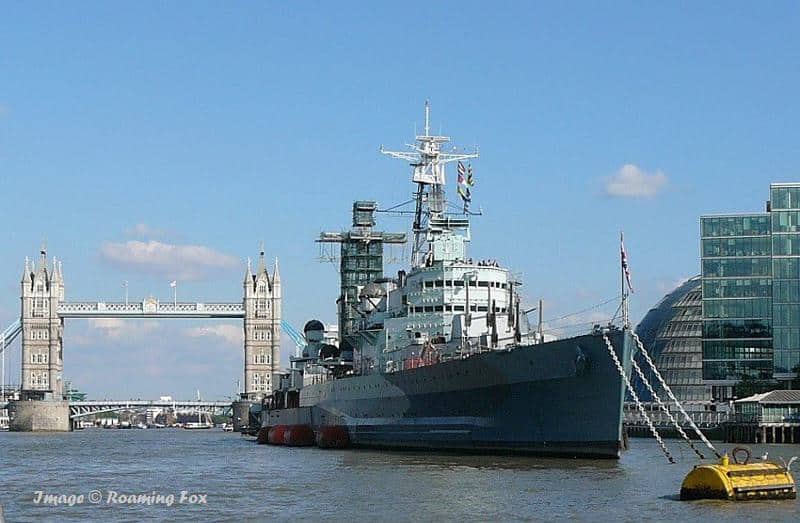
Also run by the Imperial War Museum, the HMS Belfast is a former warship that saw service between 1938 and 1963, after which she went into reserve.
The ship is now permanently moored, housing a museum that allows visitors to learn about the operations of such a ship as well as living conditions aboard.
The ‘life on board the ship’ section includes recreations of compartments and facilities such as the galley and the sick bay to give visitors a taste of what life at sea must have been like.
Entrance is free.
- Address: The Queen’s Walk, London, SE1 2JH
Petrie Museum of Egyptian Archaeology
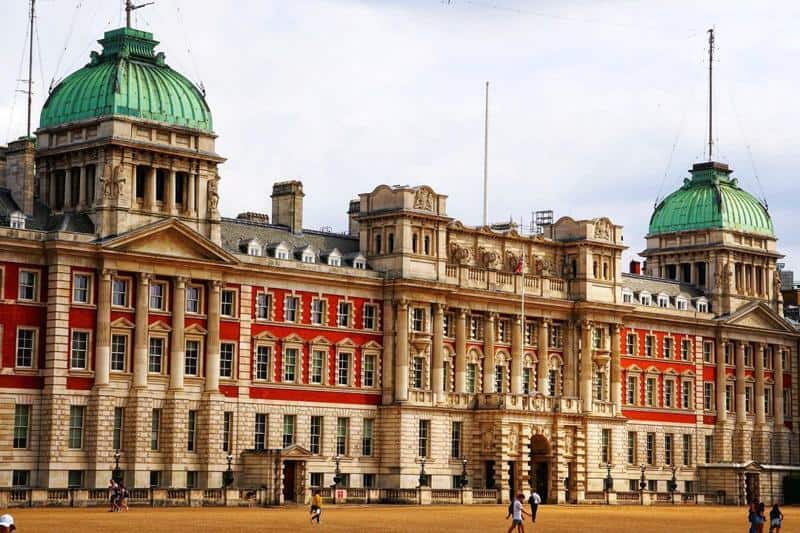
Not a national museum but rather, a part of University College London, the Petrie Museum houses an astonishing collection of Ancient Egyptian and Sudanese artefacts to rival any in the world.
Look out for highlights such as the Tarkhan Dress, the Hawara mummy portraits, the faience ankh from Meroe in Sudan and the dancing girl cosmetic spoon – among many more.
This might not be one of London’s most famous museums, but for anyone interested in archaeology or Ancient Egyptian culture, it’s a real hidden gem – and one that will reward all the effort of tracking it down and visiting.
Entry is free.
- Address: University College London, Gower Street, London, WC1E 6BT
Read More:
Not Easy to Know Where to Go First
Sometimes, one of the great pleasures of visiting London can be walking down the street, coming across a small museum by chance and heading inside to check it out since you don’t have to pay an entrance fee.
However, there are sure to be some museums you don’t want to miss while you’re there – and at least now, with our guide, you should have some ideas about which ones you want to tick off your list first before it’s time to leave.